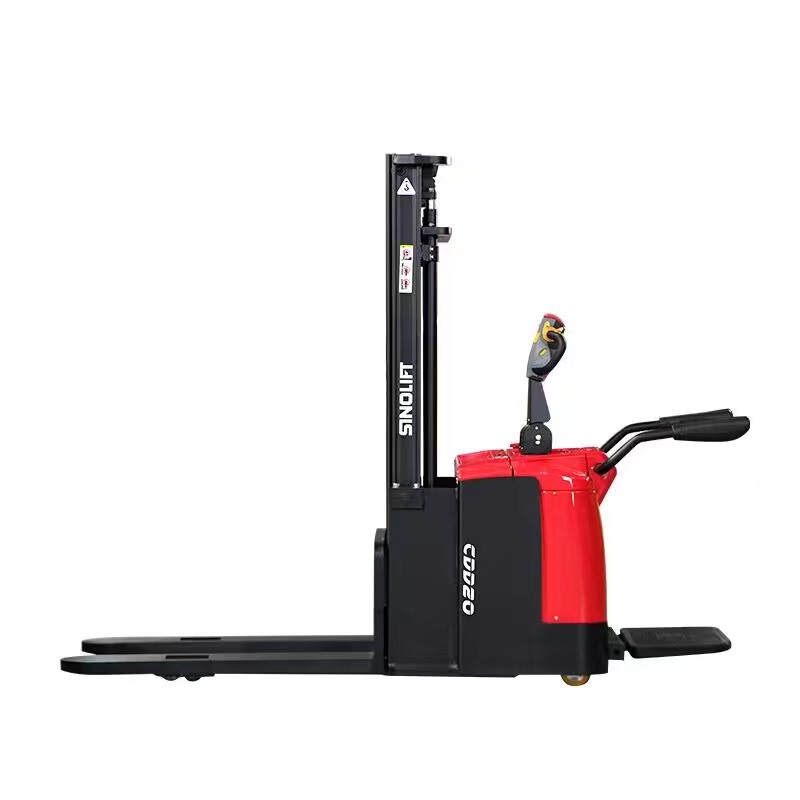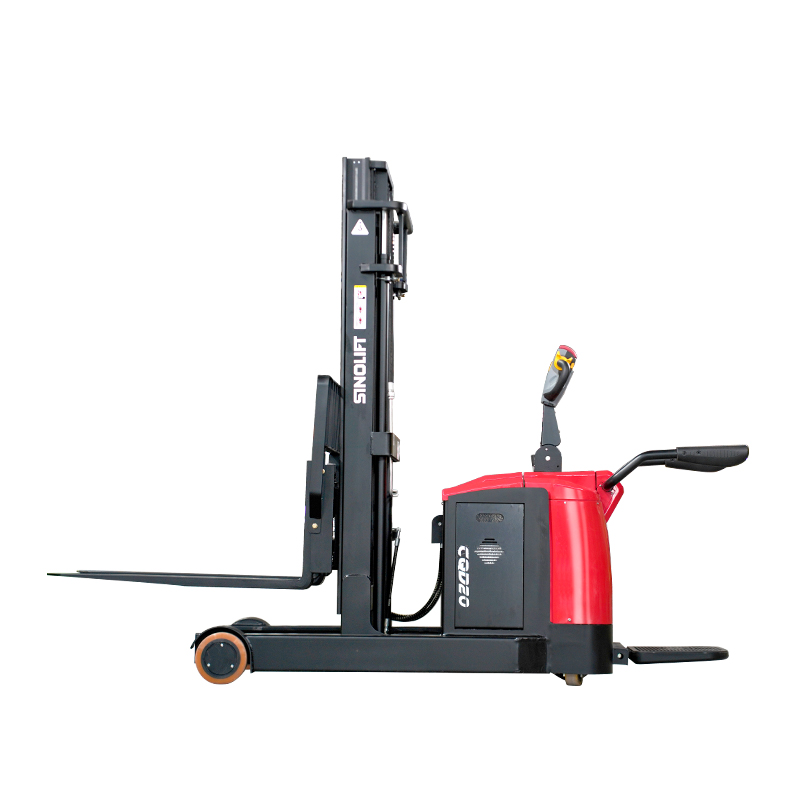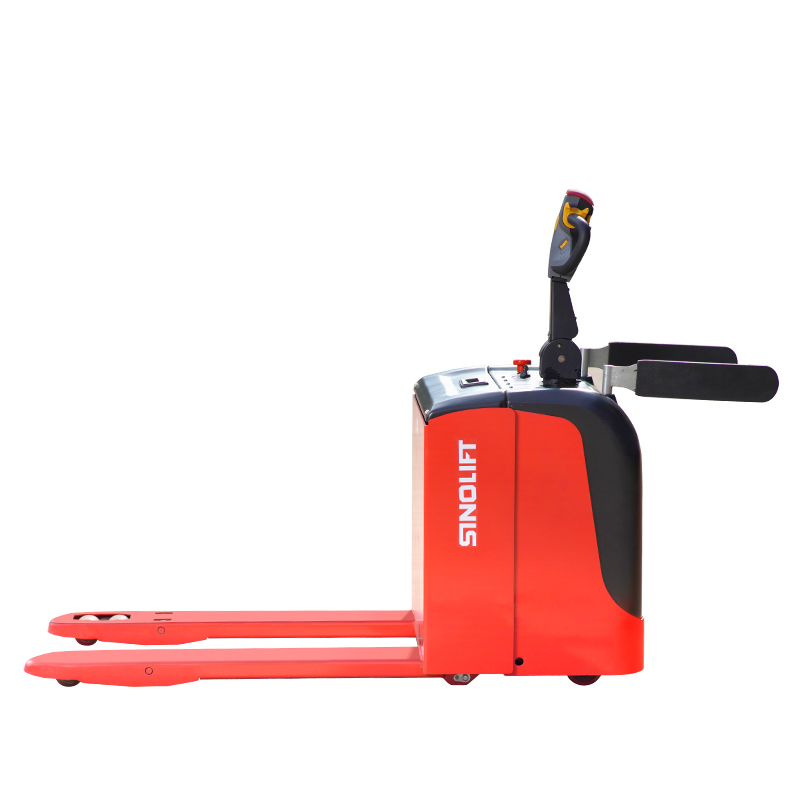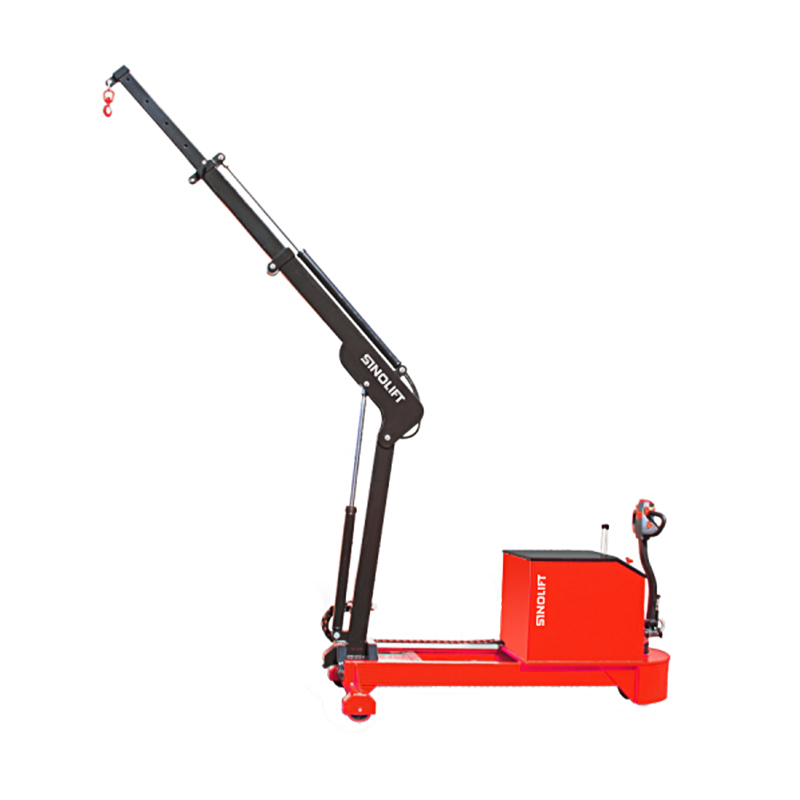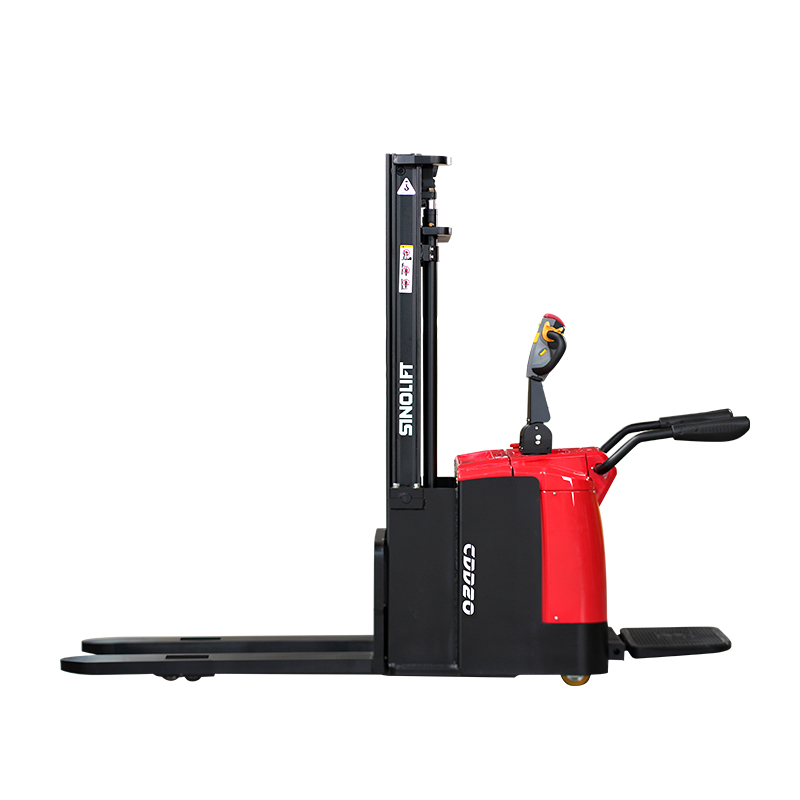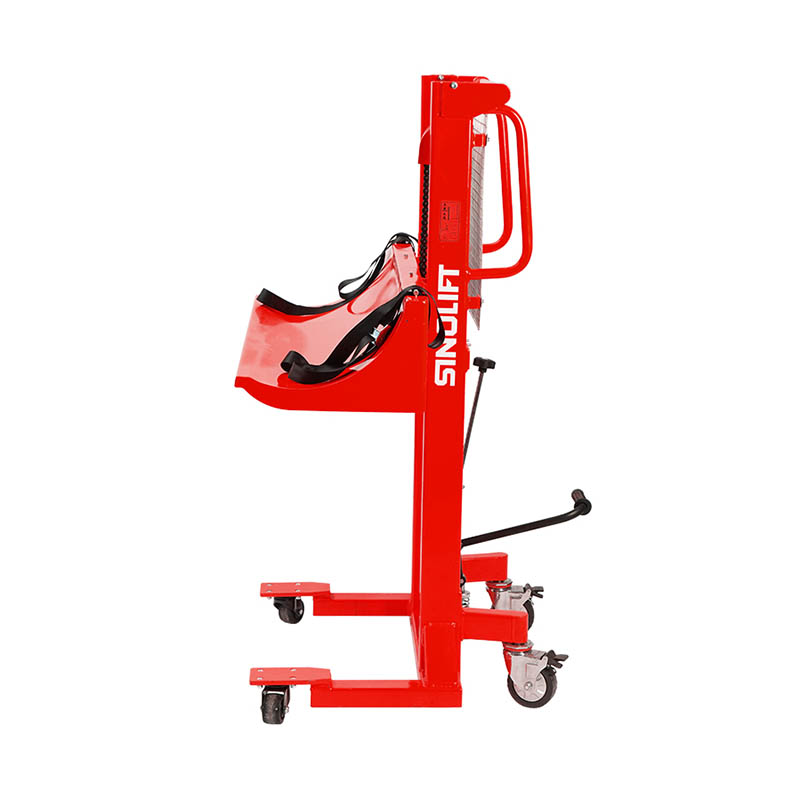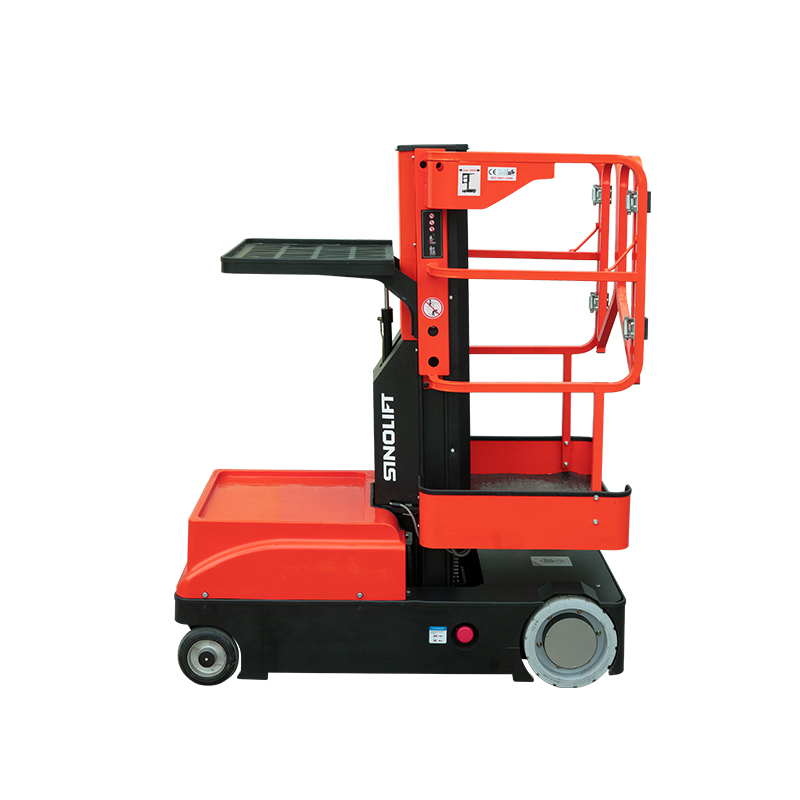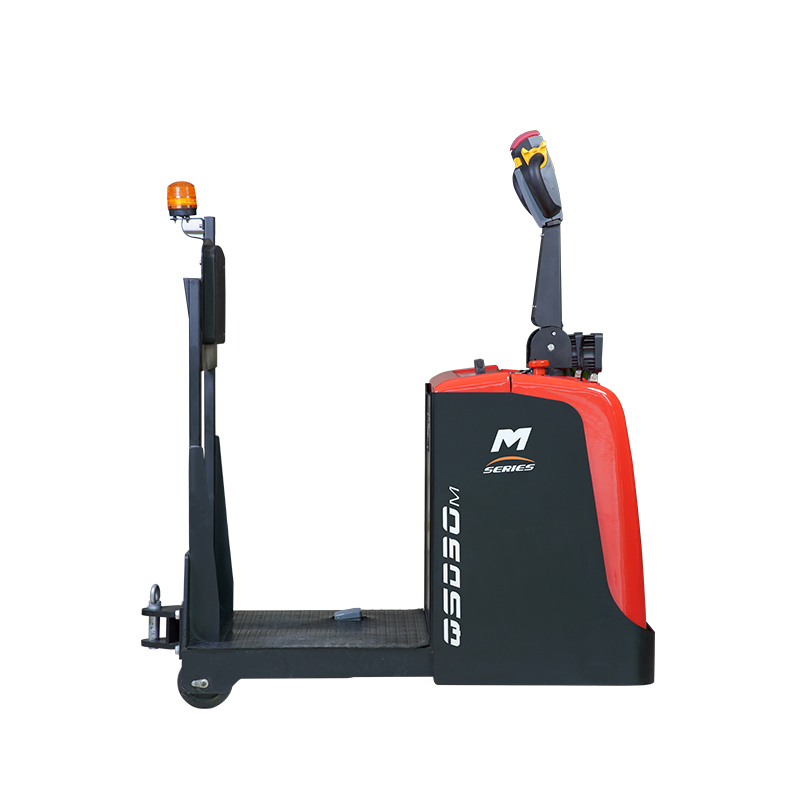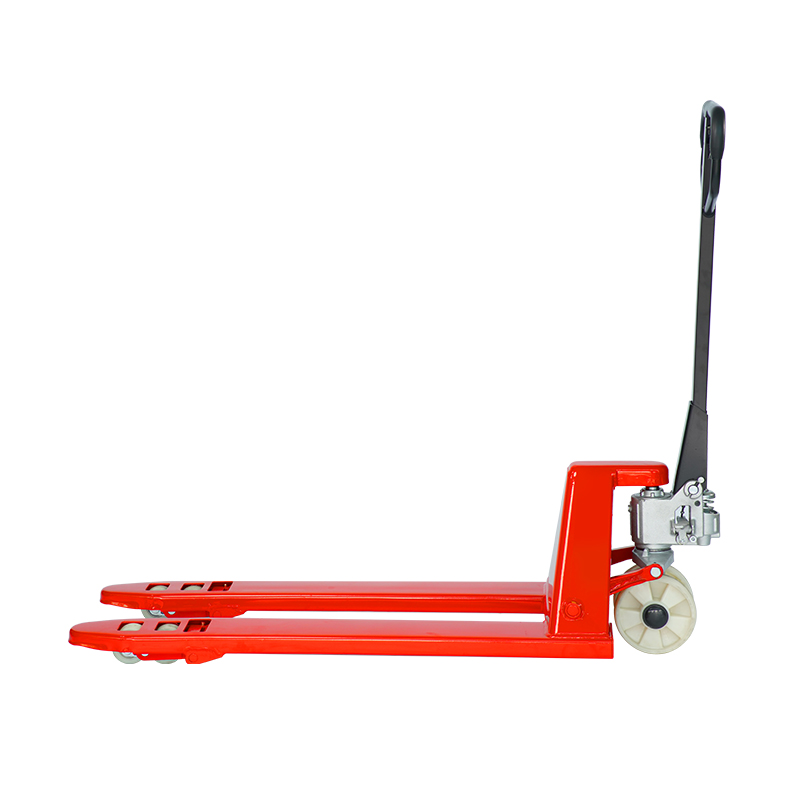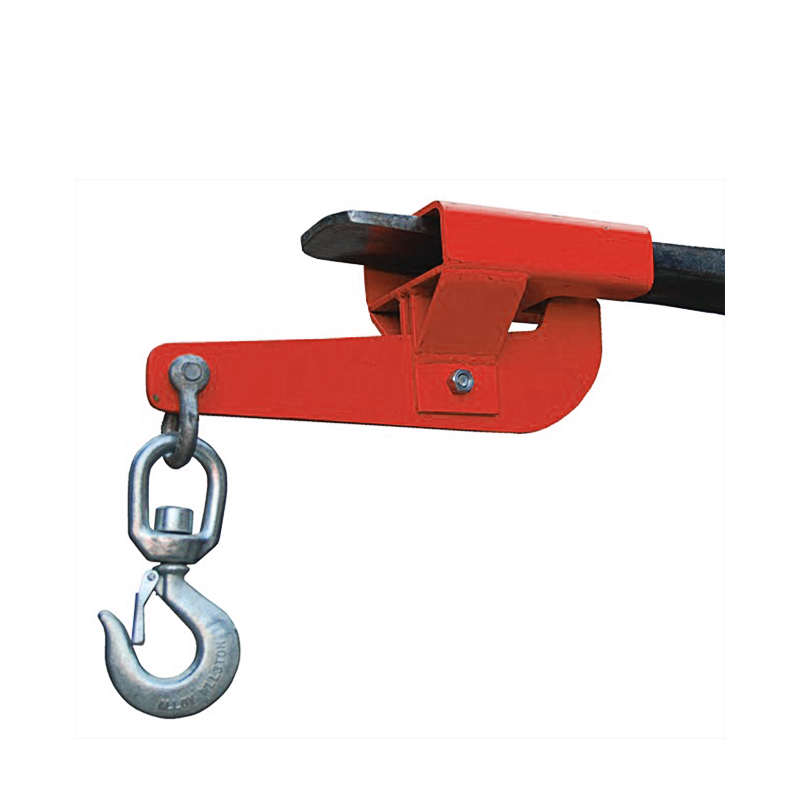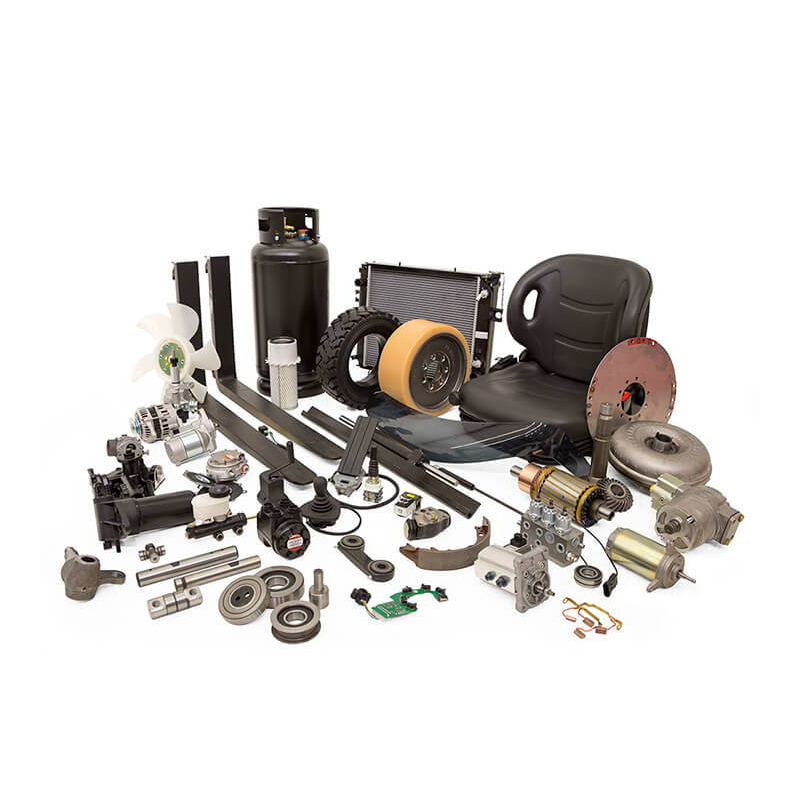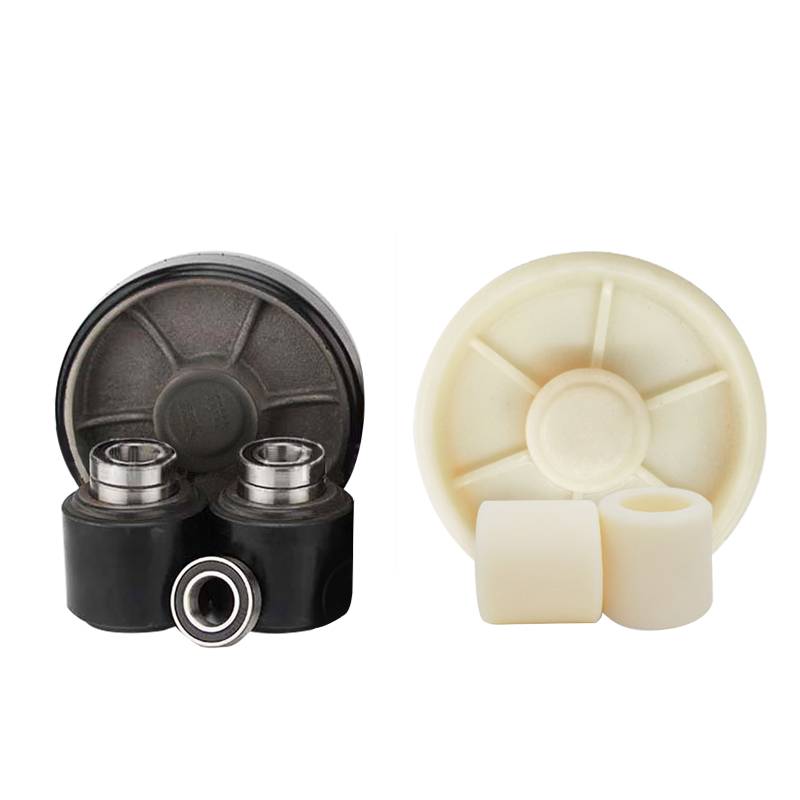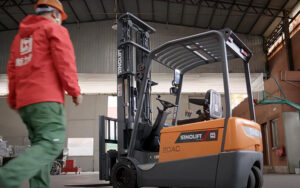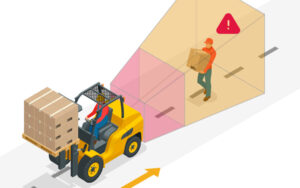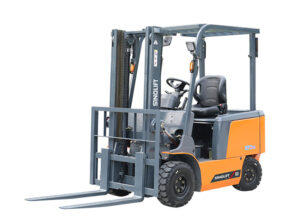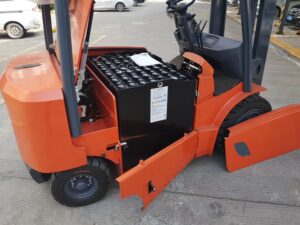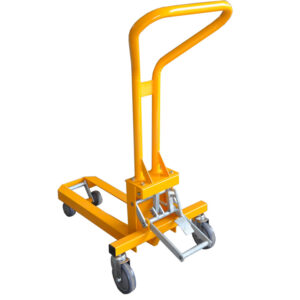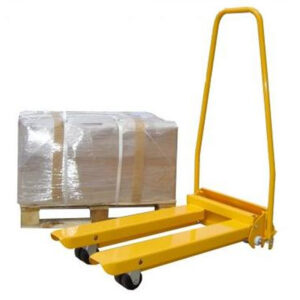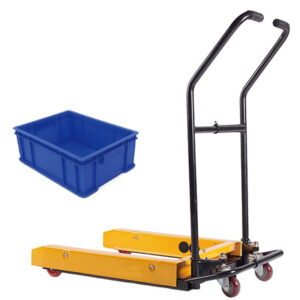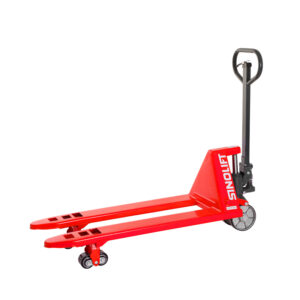While you may encounter many different types of forklifts, from electric to rough terrain, most have similar forklift components. In this post, we go over the primary parts of a forklift and how they support its function.
The Chassis Components

The chassis of a forklift is the truck frame. Its components include the engine or battery, operator cab, counterweight, and wheels.
Operator Cab
The operator cab houses the forklift operator while they’ re using the vehicle. Depending on the forklift, the operator either sits or stands. The cab contains all the operator’ s controls, the lights, the horn, and the steering wheel.
Overhead Guard
The overhead guard, also known as the falling object protective structure (FOPS), is a safety device fitted to the vehicle. It protects the forklift operator from any falling objects or debris that comes from overhead.
Controls
Before attempting to operate the vehicle, it’ s important for the forklift operator to be aware of and understand the specific manual for the machine they’ re operating. Depending on the type of forklift it is, the controls can be located in different places or may function differently.
Here are controls common to most forklifts:
Forward and reverse: This control lets the operator move the vehicle forward or in reverse.
Hydraulic lift: This typically consists of three controls that let the operator move the forks up and down, tilt the forks, and move them side to side.
Accelerator and brake: These pedals let the operator accelerate and brake while moving the vehicle.
Parking brake: This brake lets operators park the forklift. If they’re parking on an incline, they should also block the forklift tires to ensure the vehicle stays in place.
Nameplate
The nameplate, also called the data or capacity plate, contains information like the capacity, truck model, serial number, weight, mast height, and load center. A forklift operator should know how to read it in order to understand the capabilities of the vehicle they’re working with and if it’s suitable for the job.
Engine or Battery Compartment
Forklifts are powered by either an engine or a battery. A combustion engine uses propane, gasoline, or diesel, while a battery can be recharged with electricity. The power source is typically located under the operator’ s seat.
Counterweight
The counterweight on a forklift helps the vehicle stay balanced and stable. When the forks on a forklift move, the distribution of weight changes. A counterweight placed at the back of the lift helps keep it from tipping.
Tires
Two common types of forklift tires are pneumatic tires and cushion tires. The type of tires you need depends on where you’ re using the forklift and what you need it for. If you’re working outdoors, you may need a forklift with air-filled pneumatic tires that provide superior traction. If you’re working indoors on a flat surface like concrete or asphalt, rubber cushion tires may be a better fit.
Drive Axle
The drive axle is where the drive wheels are located, usually at the front of the forklift. While the drive axle isn’ t responsible for steering the forklift, it provides the power that moves the truck forward and back.
Steer Axle
Similarly, the steer axle is located by the back wheels, the wheels that help steer the forklift. This axle allows the forklift to move left and right.
The Mast Components

The forklift mast and its components are what give the forklift the ability to lift, lower, raise, and tilt loads.
Lift Cylinder
The lift cylinder powers the vertical movement of the mast, allowing the carriage and forks to move up and down. This is what gives the forklift the power to lift loads.
Load Backrest
The load backrest is connected to the carriage. It handles small objects or ones that don’t require bands to keep the objects on the forklift, helping distribute weight and preventing the load from injuring the operator.
Forks
The forklift forks give this machine its name. Forks connect to the carriage of the vehicle and are responsible for picking up and transporting loads.
Carriage
The carriage is the platform at the front of the mast where forks or other attachments are mounted. There are five carriage classes, determined by the forklift’s carrying capacity and load center:

